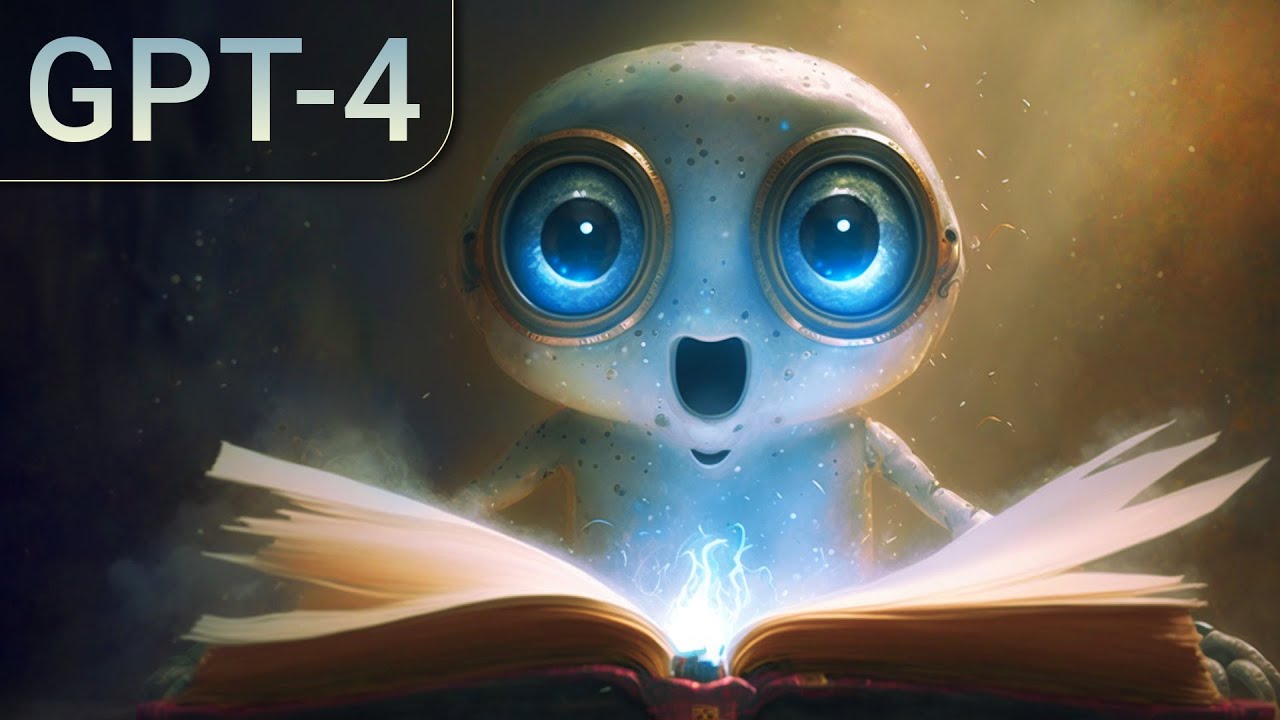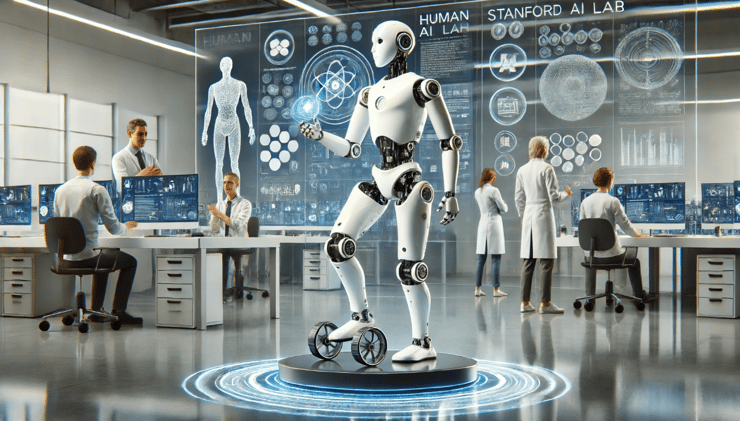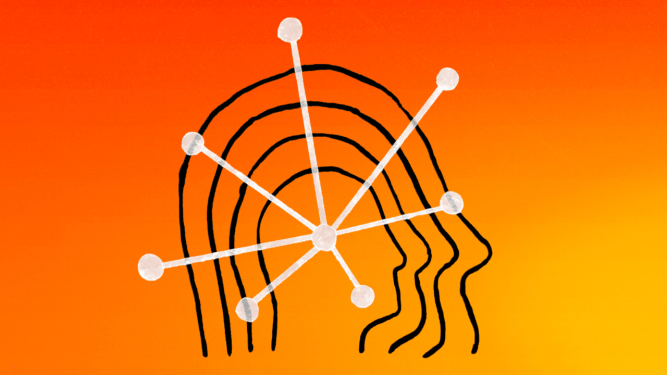In the realm of Artificial Intelligence (AI), there exists a model that has left many in awe – GPT-4. Developed by OpenAI, this language model has shown remarkable capabilities, rivaling those of human intelligence in certain areas. In his Two Minute Papers series, Dr. Károly Zsolnai-Fehér delves into the fascinating world of GPT-4, highlighting its strengths and weaknesses.
GPT-4’s Capabilities
GPT-4 is a testament to the rapid progress being made in AI research. This model has demonstrated an uncanny ability to create drawings based on textual descriptions, even though it has never seen an image before. Moreover, GPT-4 can solve complex mathematical problems with ease, comparable to those presented in the International Mathematical Olympiad.
However, as Dr. Zsolnai-Fehér points out, the model’s performance is not always consistent. For instance, when provided a step-by-step prompt, GPT-4 accurately listed and counted the prime numbers between 150 and 250. However, when asked directly to do so, it failed to give the correct count. This inconsistency highlights one of the major limitations of GPT-4 – its inability to think in a step-by-step manner unless explicitly directed to.
GPT-4’s Limitations
Despite its impressive capabilities, GPT-4 struggles with simple arithmetic problems, a task that can be easily accomplished by a child. This inconsistency between the model’s strengths and weaknesses is puzzling, to say the least. However, it also highlights the potential of AI research in identifying and addressing these limitations.
Interestingly, GPT-4 has shown exceptional capabilities in areas such as storytelling and reading electrocardiograms (ECGs). In fact, Dr. Zsolnai-Fehér notes that GPT-4 can even create complex network graphs and write computer games in JavaScript. However, it fails to correctly identify the current year.
The Deployment of GPT-4
Dr. Károly Zsolnai-Fehér ends his Two Minute Papers series by highlighting the deployment of GPT-4 in ChatGPT, enabling users to experience the future of AI. He marvels at how millions of users interact with AI technology every day, often without realizing it.
The deployment of GPT-4 in ChatGPT is a significant milestone in AI research. It demonstrates the potential of AI models like GPT-4 to revolutionize the way we interact with technology. Despite its shortcomings, GPT-4 symbolizes the incredible strides being made in AI research.
The Future of AI Research
The capabilities and limitations of GPT-4 highlight the complexities and challenges involved in developing truly intelligent machines. However, they also offer valuable insights into the potential of AI research.
As Dr. Zsolnai-Fehér notes, "GPT-4 is a spark of artificial general intelligence." This spark has ignited a fire that will continue to fuel the development of more sophisticated AI models in the future.
Conclusion
The fascinating capabilities and limitations of GPT-4 serve as a testament to the rapid progress being made in AI research. As we continue to explore the potential of AI, it is essential to acknowledge both its strengths and weaknesses.
In conclusion, Dr. Károly Zsolnai-Fehér’s Two Minute Papers series provides an in-depth look into the world of GPT-4. His insights highlight the incredible strides being made in AI research and offer valuable lessons for those seeking to develop more intelligent machines.
The paper by Dr. Károly Zsolnai-Fehér, titled "Sparks of Artificial General Intelligence: Early Experiments with GPT-4," is available here:
https://arxiv.org/abs/2303.12712
Dr. Károly Zsolnai-Fehér’s Work
For those interested in learning more about Dr. Károly Zsolnai-Fehér’s work, his Twitter account can be found at:
His website is also available here:
https://cg.tuwien.ac.at/~zsolnai/




